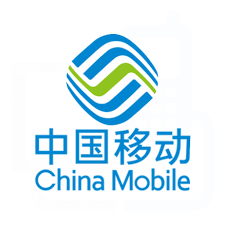


By 2021, China Mobile had built about 1,000 sets of MEC devices and will add another 700 in 2022. Already its 5G edge network is the largest in the world. Unified resource management and service operation methods are lacking, however, so China Mobile Zhejiang cooperated with Huawei to enable enterprise customers to implement digital transformation based on ICT convergence. They are working to promote the sustainable, highly scalable development of 5G services, looking at ways to break down professional barriers and try out technical architectures and application scenarios, in phased steps.
Outcomes
Ranked
#1
for revenue from private 5G edge network services in Zhejiang province
>CYN200 million
$29.64 million
generated through edge platform in service development & expansion
Cloud-edge usage increases from 15% to
30%
due to optimized scheduling based on resource requirements
Ranked
#2
in Zhejiang province in terms of industry demand
